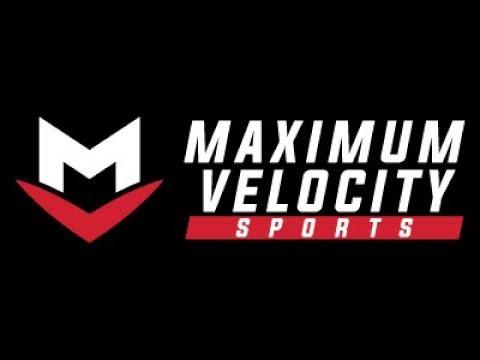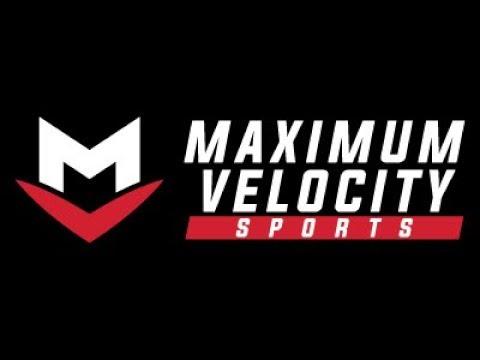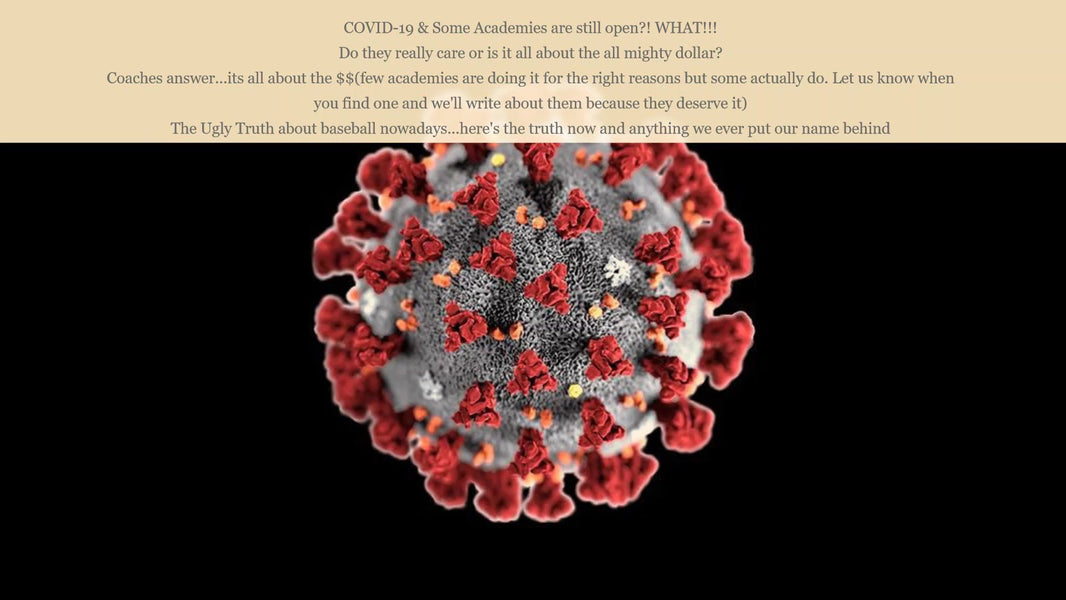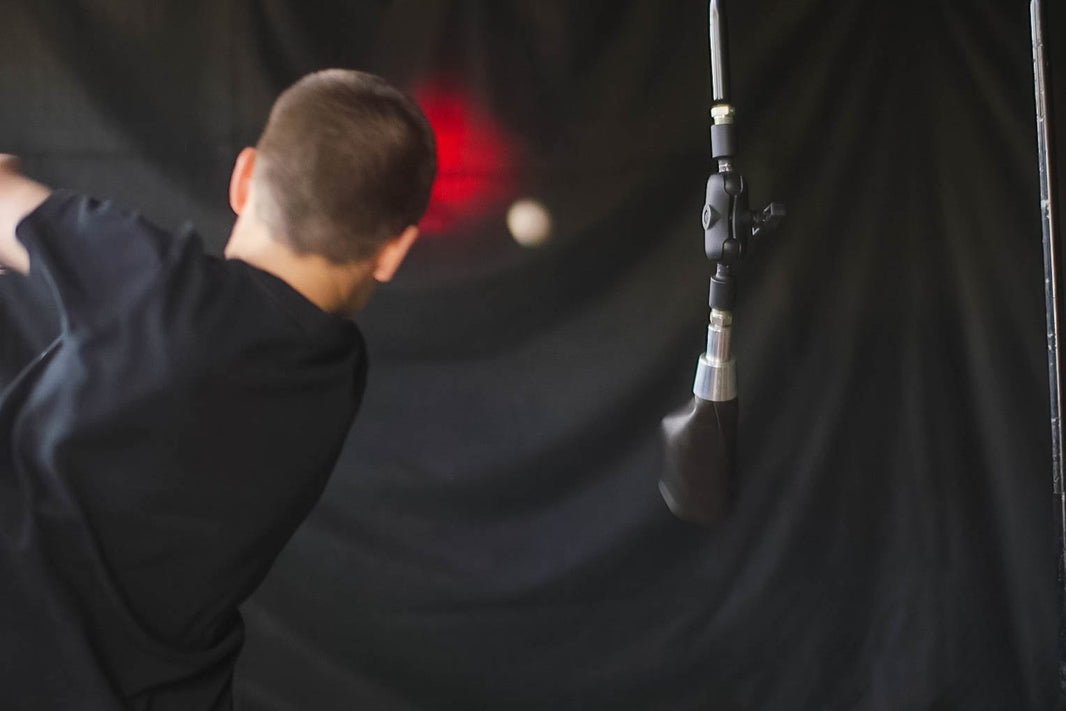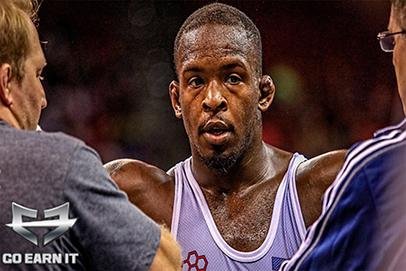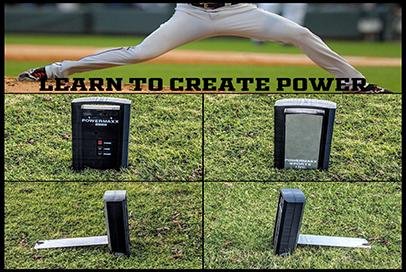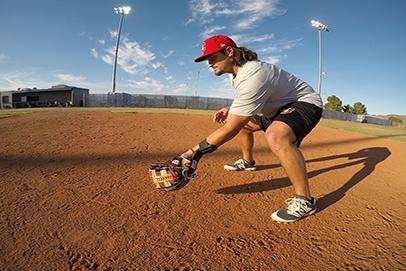It's game day. You tell your youth baseball team to meet you at the field. When your players trickle in, they start pairing up and play catch with each other for 10, 15 or 20 minutes. Maybe you then throw your players some fly balls or hit grounders. Then it's game time.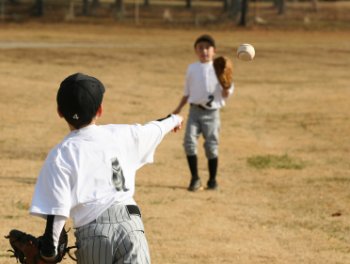
If your team does something like this routine, please stop. It's time for your pre-game routine to get a make-over.
The problem
The goal of a pre-game routine is to prepare your team for the game. Unfortunately, the aforementioned typical routine does not accomplish this goal for three reasons.
- We spend an inordinate amount of time on things that don't occur much in a game. As mentioned in my post on the 80/20 rule, we should focus on the aspects of the games that make up 80% of the results. That is pitching and hitting, although all skills should be taught equally for beginner level players. Yet, regardless of skill level, the typical pre-game routines spend the vast majority of time on playing catch. No time is spent on hitting warmup or pitching warmup, and little time is spent on fielding skills.
- Playing catch is often a colossal waste of time. Even the "playing catch" portion of warmup does not properly prepare your team for the game. For one thing, kids often take a lackadaisical approach to playing catch. There is no quick transfer of the ball from glove to throwing hand, kids do not make an effort to move in front of a slightly off-center thrown ball (instead opting to stick out their arm), and throws are often done with a leisurely arm motion. Catching the ball and throwing directly back to the person who threw the ball to you is a pretty rare occurrence in baseball. It may happen in a rundown but throwing in a rundown has its own throwing rules that are not followed when kids play catch in pre-game. The other times when a player will catch a ball and throw it directly back to the thrower is when a catcher throws the ball back to the pitcher after receiving a pitch. But the way kids play catch in typical pre-game is not how a catcher throws the ball back to the pitcher.
- Outfield/infield warmup routines do not simulate game-like reps. If you cannot warmup on the actual field, the typical fly ball and grounder warmup does not properly warm up your team because they do not give game-like reps. In many outfield warmups, a coach will line up kids to catch a shallow pop up. But unless kids are challenged by the skill of catching shallow pop ups, this warmup does not prepare kids for more important outfield skills like reading varied ball flights, getting good jumps on balls and making long throws. Similarly, grounder warmup where a coach lines up kids, hits them a grounder and the fielder throws the ball back to the coach or someone standing next to the coach is not a game-like scenario—unless you're intentionally practicing a specific PFP scenario where the pitcher fields a grounder and throws it to the catcher.
Youth baseball coaches probably have their team do this kind of pre-game because they used to do that back when they were playing. Or maybe they remember the pros doing that back in the day. Or perhaps they do it because that's what all the other youth baseball teams do. Whatever the reason, most coaches do that kind of pre-game routine without really asking themselves if this is "misinformation" or if there's a better way.
Here are a few ways to make your pre-game more effective:
- Focus more on hitting warmup. The hitting eye needs more "warmup" than your fielding hand or your throwing arm. It's true for adults but even more pronounced for youth and high school batters. The first live swings your hitters take should not be in a game; they should be in pre-game warmup. So instead of playing catch, have multiple hitting stations (assuming you can recruit some parent helpers or assistant coaches to help). One station can be whiffle balls or other limited-flight balls. Simply pitch 6-12 of these balls from a short distance at moderate speed to each hitter in your station (the shorter distance will make the moderate speed feel faster because of the shorter reaction time the batter will have). Another station can be soft toss into a fence or net, with emphasis on barreling up the ball, not just making contact. Yet another station could be hitting whiffle golf balls with a Lightning Rod or broom handle. Or hitting weighted balls designed for hitting. Or bunting real baseballs from front toss. Variation is key, although I'd personally make the whiffle ball station a staple at every pre-game.
- Better throwing warmup. Banish playing catch and replace it with one of the following options. One possibility is buying a set or two of J-bands and having your kids take turns using it to warm up their throwing-related muscles. Or if you coach a travel/select or high school team, require each player to buy their own set of J-bands. J-bands come in a variety of colors that can match your team's colors. Another throwing option is to do focused catch play. Have kids throw in a triangle to simulate catching a throw from one location and throwing to a different location. Or have kids throw from different positions rather than always in front of them at the same speed (e.g., simulating ranging to the backhand side, simulating ranging to the forehand side, charging in, etc). Always emphasize to kids to practice quick transfer and quick release during catch play. Also consider buying weighted baseballs or weighted plyo balls and have kids do the above focused catch play but using different weighted balls.
- Better non-throwing warmup. Have another station where the starting pitcher pitches to the starting catcher with a stand-in batter who is calling balls and strikes before they reach home plate. This kills two birds with one stone: bullpen session and pitch recognition. If you're coaching high school kids or travel kids, the stand-in batter could instead be calling "yes" or "no" as a fastball pitch recognition pre-game exercise. For outfield warmup, throw the ball from a farther distance—and throw fly balls to different locations and at different speeds—to give kids a better opportunity to work on recognizing various ball flights and to practice getting good jumps. For infield warmup, if you can't take the field for warmup, have the infielder throw to another player in a simulated second base or first base position, not to the hitting coach. The last grounder an infielder takes before going into the dugout can be towards the hitting coach to simulate a play at the plate. (And on those, the receiver at home should of course practice a tag in front of the plate.)
Conclusion
This is not an exhaustive list of ways to improve your pre-game routine. The point here is simply to make you re-think your pre-game routine if it sounds like the typical routine I described earlier, and to give you some sample ideas you can either use right away before your next game or to inspire you to come up with your own ideas that will provide game-like reps to your kids.




